How Capsule Toys Became a 140 Billion Yen Market in Japan
Japanese pop culture news edited by Patrick Macias
Capsule toy shops like Gachagacha no Mori are transforming Japanese malls into entertainment destinations
The market surged to 140 billion yen (about 920 million dollars) in 2024, growing 20 percent year over year
Adults now make up a key demographic, drawn by the thrill of discovery and conversation
From Empty Tenants to the Main Attraction
Once seen as filler for vacant mall spaces, capsule toy machines have now taken center stage. Shops like Gachagacha no Mori feature hundreds or even thousands of machines, turning corners of Japanese shopping centers into buzzing hubs of activity. What began as stopgap attractions are now permanent fixtures, deliberately integrated into commercial planning.
Walking inside Gachagacha no Mori for the first time, the surprise is not the toys but the atmosphere. Staff members greet customers, refill machines, and scan QR codes to track sales in real time. Far from dusty corners, this is a tightly managed retail space thriving on customer engagement.
A New Kind of Customer Experience
Today’s customers do not approach gachagacha with a fixed goal. Instead, they wander, explore, and chat. High school girls weigh budget choices together, couples joke about quirky finds, and solo shoppers quietly imagine how trinkets might fit into their lives. The appeal lies not just in the toys but in the shared, spontaneous moment of discovery.
This is a far cry from the childhood memory of anticlimax with cheap prizes and parental scolding. Instead, capsule toys now represent a form of experience consumption, where the act of turning the crank, the anticipation, and the conversation are the real rewards.
How Gachagacha No Mori Was Born
The company behind the boom, Lulucarc Co., Ltd., began in 1958 as a vending machine operator. After decades in amusement facilities, it launched its first capsule toy specialty store in 2014 and introduced Gachagacha no Mori in 2017. Instead of a few machines in a supermarket corner, stores feature 600 to 2000 units, with staff assisting and maintaining operations.
In April 2025, Orix Corporation acquired all shares of Lulucarc, signaling strong confidence in the sector’s growth. The market itself reached 140 billion yen (about 920 million dollars) in fiscal 2024, with Lulucarc positioned at its very center.
Shifting From Kids Play to Adult Fun
Makoto Nakagawa, General Manager of Sales at Lulucarc, explained the turning point: “At first, capsule toys were thought of as something just for kids. Sales were unstable. That is why we changed the concept to a space where everyone could enjoy themselves.”
The company redesigned interiors with bright wooden tones, placed women’s products near the entrance, and carefully arranged displays to invite browsing. This created a welcoming space for adults, especially women, who now form a major share of customers. Nakagawa added, “The time spent wandering and choosing is itself part of the fun at Gachagacha no Mori.”
Why Capsule Toys Feel Like Treasure Hunting
Nakagawa describes the magic of gachagacha as a blend of three types of experience consumption.
Koto Consumption: the fun of the act itself
Toki Consumption: the thrill of an unrepeatable moment
Emo Consumption: sharing and talking about the result
With 600 to 700 new products hitting shelves every month, the experience becomes a treasure hunt. Customers know that popular items might vanish in weeks, fueling a sense of urgency and excitement.
From Cheap Toys to Conversation Starters
Prices have risen from 200 yen (about 1.30 dollars) to 300 to 500 yen (about 2 to 3.30 dollars), but the quality has soared. Nakagawa noted, “You can find miniatures so detailed you would expect them to cost 2000 yen (about 13 dollars) in a regular store. Instead, you get them for 500 yen (about 3.30 dollars).” Items range from functional bus stop buttons that beep to tiny electronic toys with lights and sounds.
Looking ahead, Nakagawa sees gachagacha as more than machines. “Our goal is not simply to line up capsule toy machines. We want to create places where conversations and connections are born. That is the true value we aim to enhance.”
The Future of Gachagacha as Cultural Experience
Capsule toys are no longer a child’s game but a cultural phenomenon shaping how people spend leisure time. Customers come not only to buy but to browse, laugh, and share moments together. Gachagacha no Mori has become a stage for modern experience consumption, blending nostalgia with innovation. In a small surprise lies the charm of gachagacha, an affordable thrill that keeps people coming back.



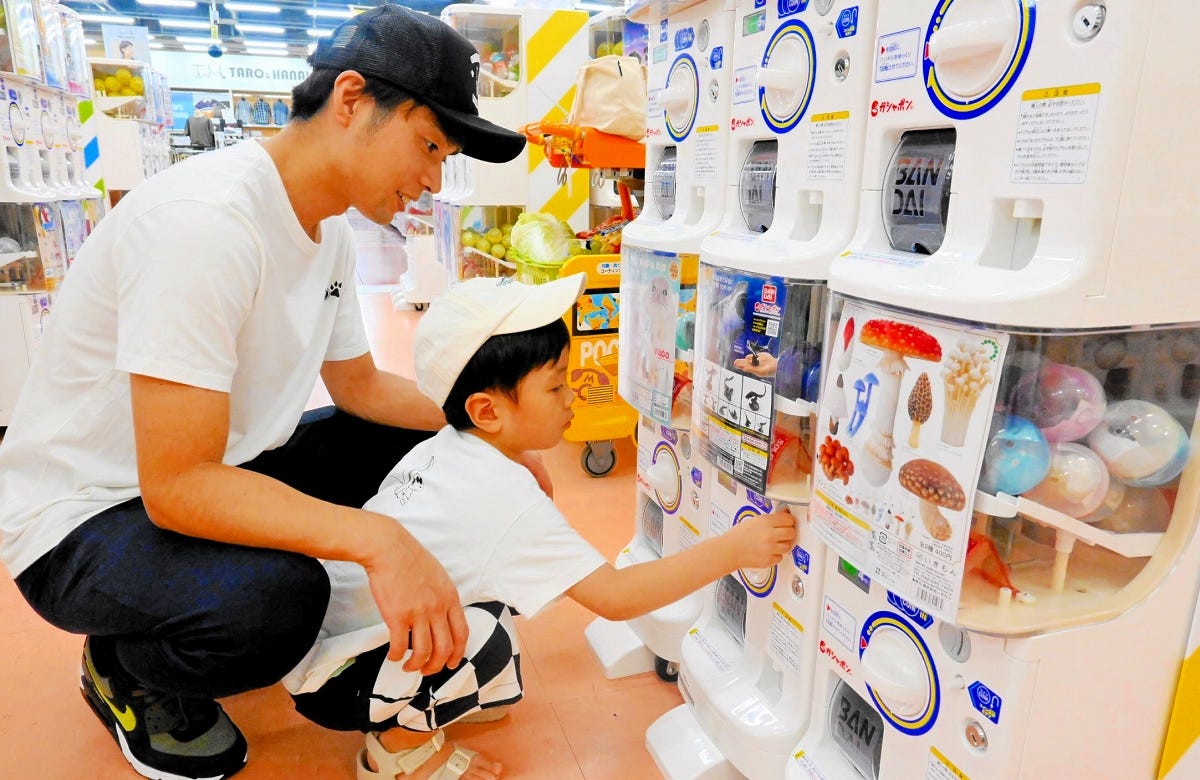
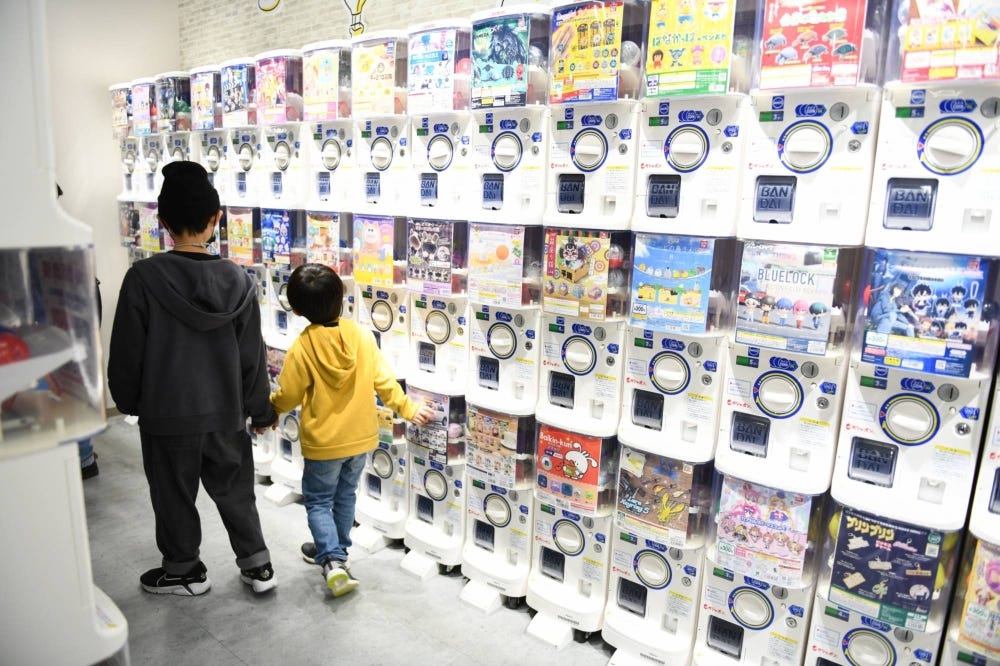
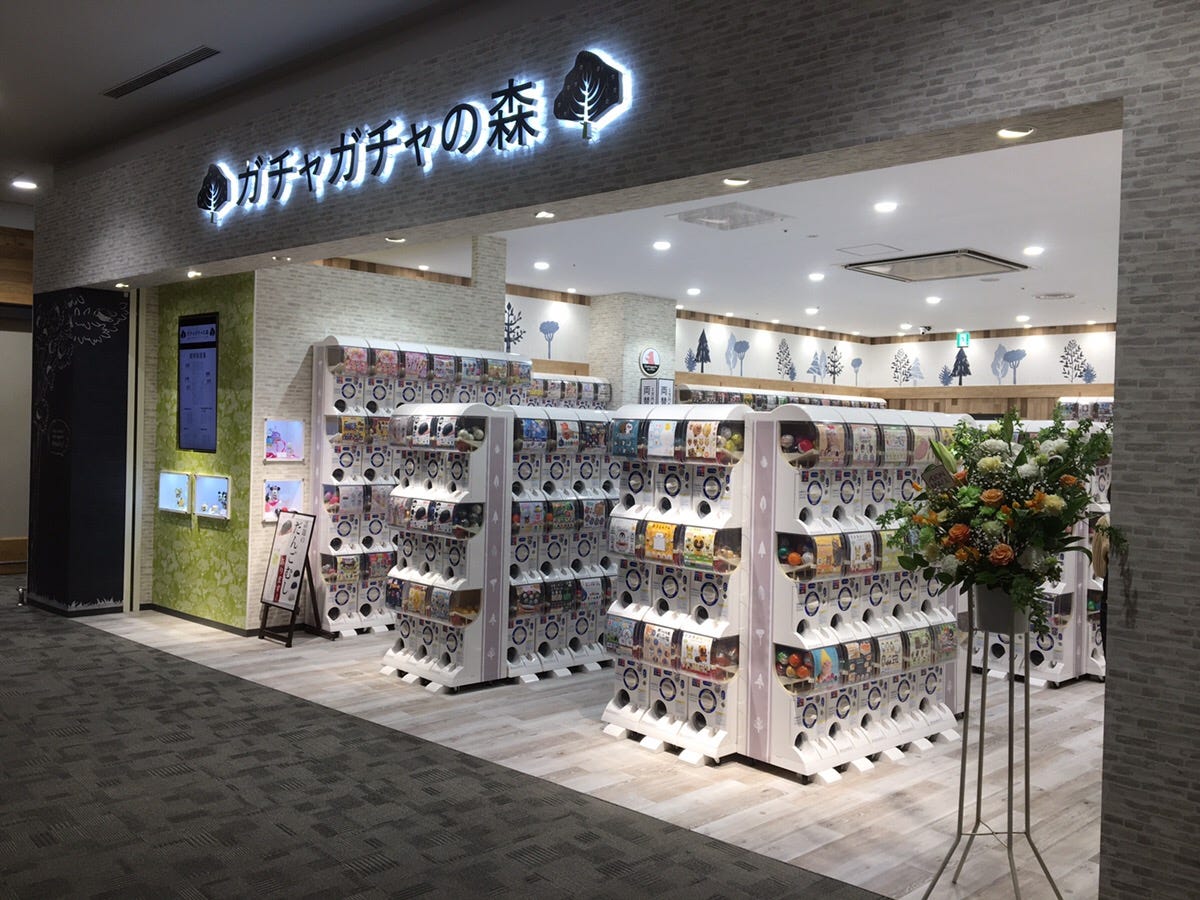
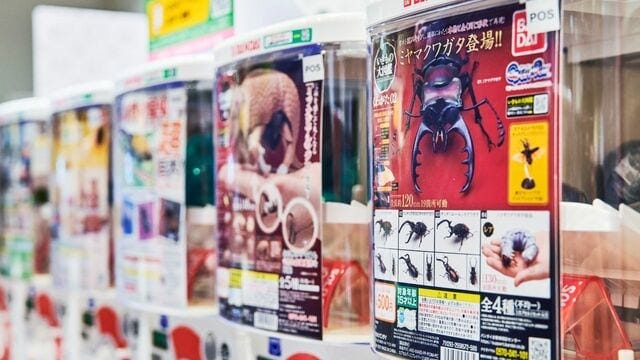
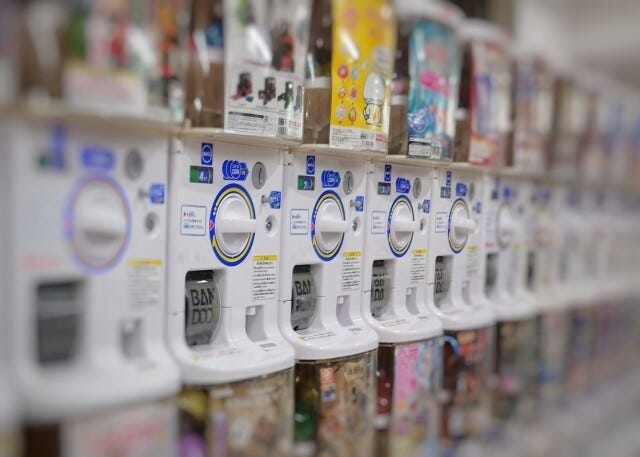
Great read! Gachas have been spread far beyond Japan and imo have become big across the world, especially in US